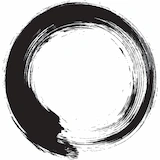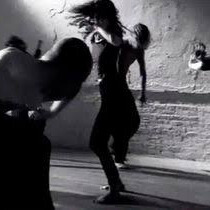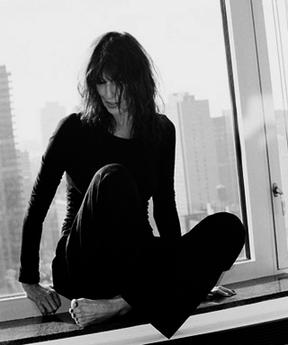Free dance is movement without a specific performance style, choreographed routines, or the goal of being presented to an audience. It is movement that becomes dance-improvisation, born in the moment within a particular individual and developing into a story based on that person’s inner experience.
The experience of the dancer is the primary value of the practice. Its development is determined by the quality of attention and the ability to establish a connection with what moves them.
The fundamental practice in the approach of free dance is considered to be the “5 Rhythms,” founded by Gabrielle Roth in the 1960s in America, which has since become one of the most popular and respected bodywork techniques in the United States and Europe.
Today, “5 Rhythms” is often referred to as meditation in movement and dance, helping to set the body in motion and thus calm the mind.
The main concept of this practice is that everything around us is energy moving in waves and rhythms. In a specific sequence, five rhythms alternate:
1. Flow – smoothness and continuous flow.
2. Staccato – rhythm, clarity, and repeatability.
3. Chaos – blending everything, turbulence, and disorder.
4. Lyrical – lightness, smoothness, harmony, and expressiveness.
5. Stillness – slowing down and transitioning to a state of calmness.
A dance that incorporates all five rhythms is called the “wave.” Many practitioners of the “5 Rhythms” dance at least one wave each week for an extended period.
The wave is the central element of this practice.


